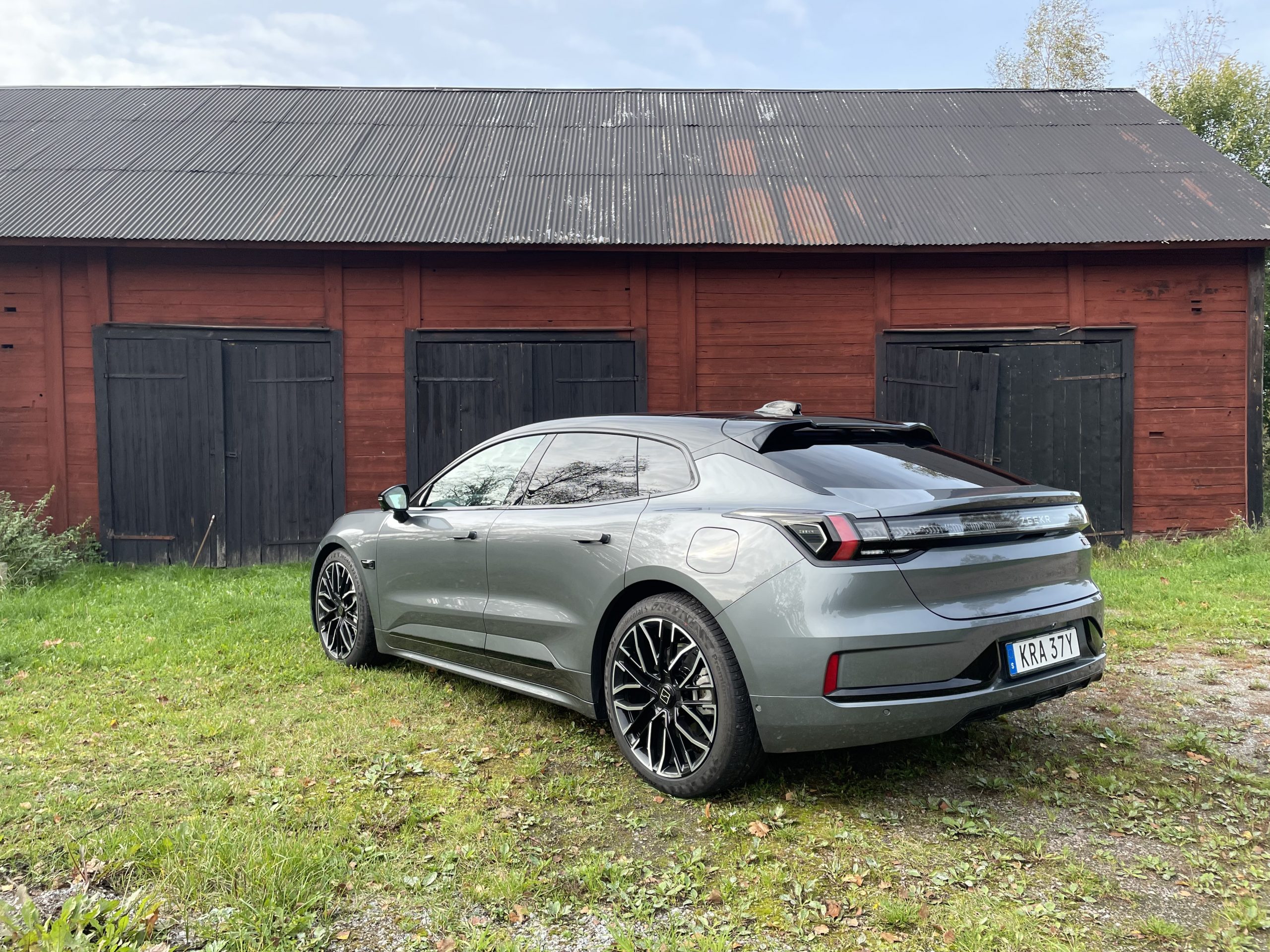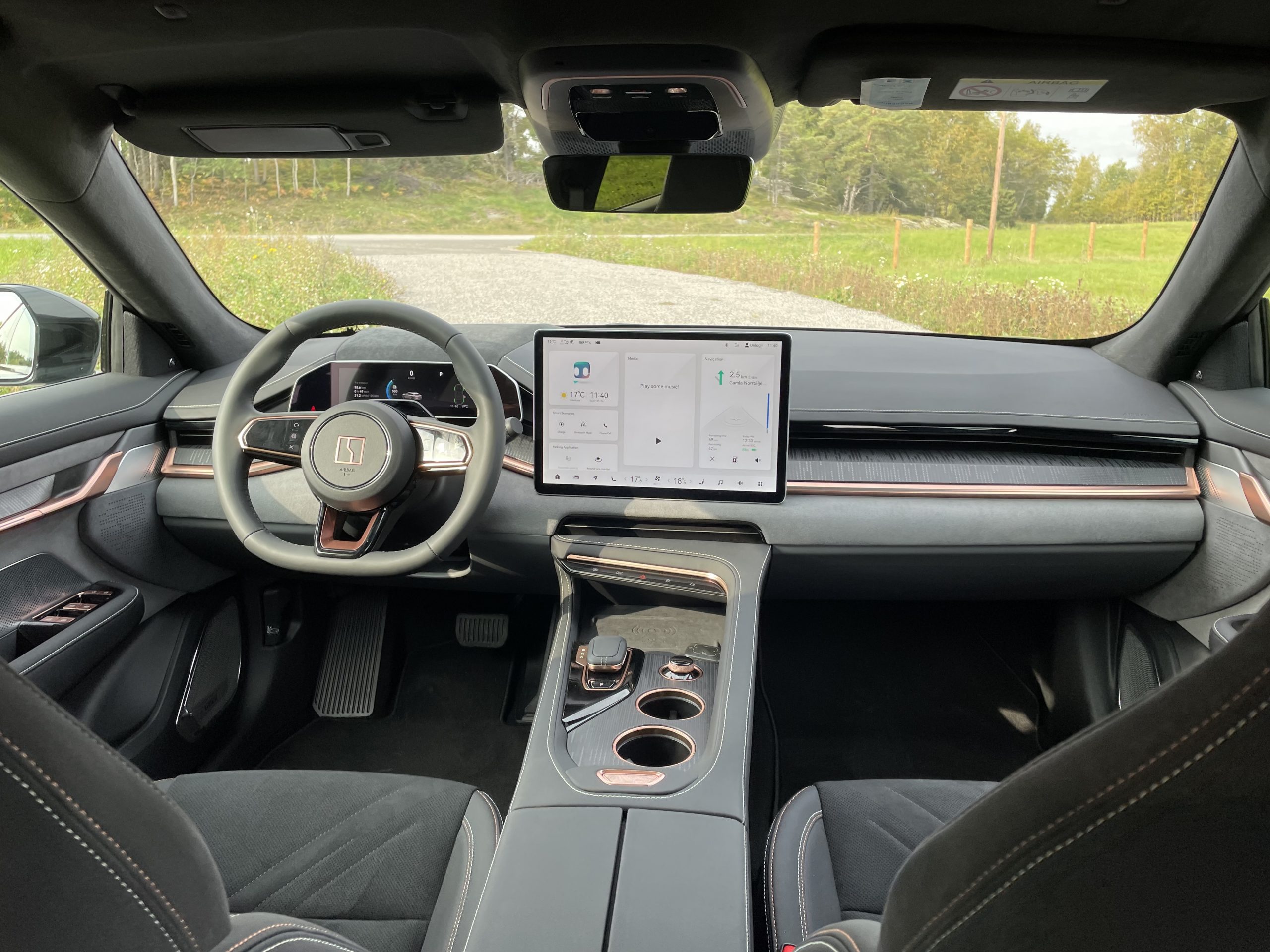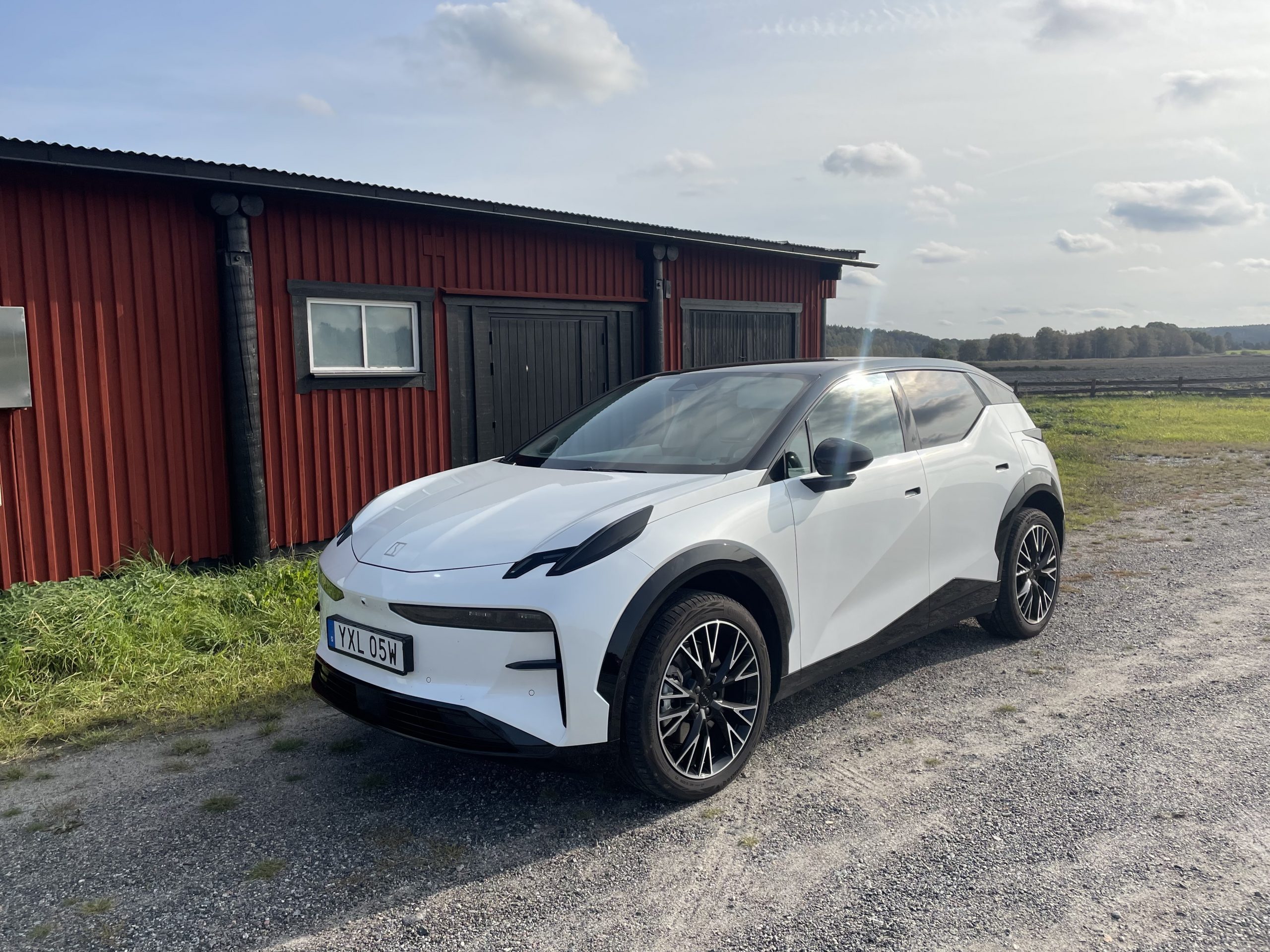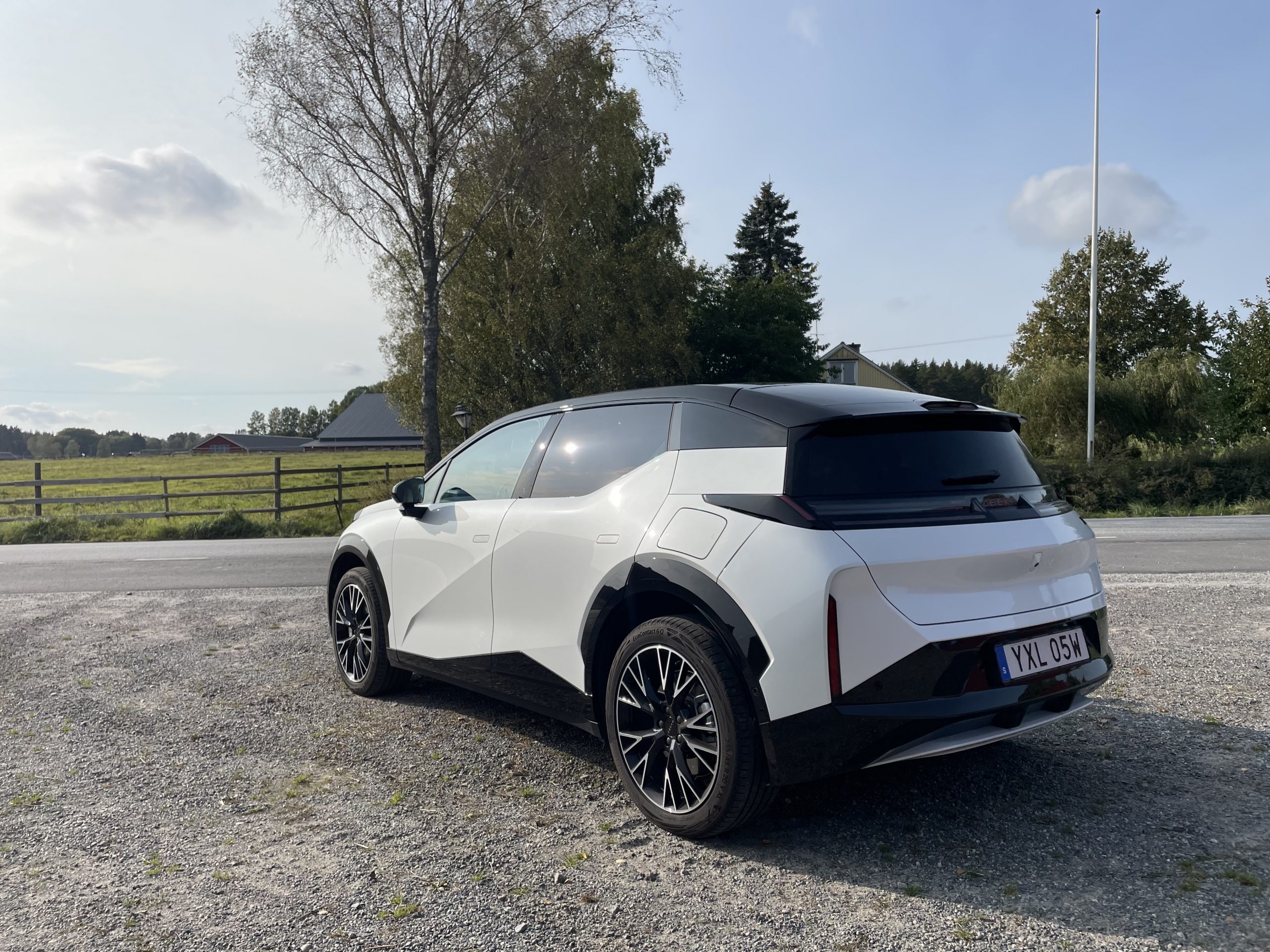At least once a month I open my emails to the news of a new Chinese car firm looking to broaden its horizons into Europe.
Already in the UK, we’ve got BYD, GWM Ora and MG originating from this corner of the world, and soon there will be NIO, Omoda and Xpeng to name just a few. To most, with the exception of MG, these names will mean absolutely nothing.
Now there’s another firm trying to successfully enter Europe – Zeekr. It’s one that shows quite a lot more promise than some others too, because it’s got the powerhouse that is Geely behind it.
Geely owns Volvo, Lotus, Polestar and the firm that makes the hybrid London taxis you see buzzing around the capital.
Zeekr, which like many up-and-coming Chinese car firms is focusing purely on EVs in Europe, is launching now in Sweden and the Netherlands, two of the most advanced countries when it comes to electric cars.
It’s set out that it wants to be present in most countries in Western Europe by 2026.
Though it won’t say when it will enter the UK market, other than it’s ‘actively looking at it’, given Zeekr was happy to fly me and a few other British journalists out to Stockholm, you can make the safe assumption that it won’t be too long.
You don’t get much more hot off the press than Zeekr. It was only formally announced as a car firm in March 2021, with production of its first car – the 001 – beginning in October of that year. Despite this, it’s already sold 150,000 cars in China and is on track to deliver 140,000 cars in 2023 alone.
Zeekr has bold ambitions, too. Spiros Fotinos is the firm’s European boss, previously spending 24 years at Toyota and Lexus. I ask him what Zeekr’s success in Europe will look like.
Laughing at first, he says ‘If I take the pure EV premium players, we want to be on the podium by the end of the decade’. That means it would be ahead of either Audi, BMW or Mercedes. At this stage, I can’t help but feel a pipe dream.
In Stockholm there are two of Zeekr’s three current cars for me to drive – the 001 and the new X. Let’s start with the 001. Billed as a shooting brake, it’s a cool-looking thing to my eyes.

Several people replied to my Instagram story saying it looked like a ‘Porsche Panamera crossed with a Fiat Coupe’. I can’t even disagree, and I wouldn’t say it’s a bad thing either.
I tried out the 001 in the top-spec dual-motor powertrain, which develops 538bhp and allows for a range of up to 360 miles. It’s a promising package too. Performance, as with virtually any ‘hot’ EV’ is strong, but there’s substance to back up the 001. It’s no Porsche Taycan, but it handles well and is impressively refined.
The cabin and the quality is stunning too, and far from the ‘Chinese knock-off’ image you might have in your head. Priced from €59,490 (£51,540) in The Netherlands, it seems well priced, and I can see it doing well if it costs similar when it goes on sale in the UK.

The second car is the Zeekr X. As is almost mandatory if a brand is to have any chance of success, it’s a compact(ish) electric SUV. I’ve signed my life away in paperwork saying I can’t say what it’s like to drive for a few more weeks, but I can mention how it looks – not good.
I feel bad for saying so, given the conversations I had with the designers, but I just find it a mess. There are lines and angles all over the place, and for me, it doesn’t work as a package.
Given how cool the 001 looks, I’m not quite sure how Zeekr ended up with a car styled like the X. I liken it to having a superstar sibling. They get the attention, you get nothing.
One thing the X most certainly isn’t lacking is technology. There are external touchscreens, speakers in the front bumper that can tell pedestrians to cross the road at the press of a button and interior cameras that can take selfies (when parked). It’s a lot to take in, but will likely appeal to the growing younger audience that sees a car as a tech showcase as much as a mode of transport.

When it comes to selling cars, Zeekr will not follow the likes of BYD in following the traditional dealer model, and will instead use agency sales.
Though Fotinos doesn’t rule out doing things differently in the future, he says Zeekr has to ‘define’ what the customer experience looks like, and he ‘can’t give that to a third party’.
He said: ‘It’s very important that apart from the business benefits that it [agency sales] may have, as a new brand it’s very important for us to set the baseline for what the experience should be.
‘I can’t give that to a third party to define it for us, so in this phase at least, we have to define that.
‘Because the mission of the brand is to accelerate the shift to electrification. If you’re true to that, you need to deliver an experience which removes the barriers of why people aren’t making that shift.
‘We’ll never achieve that by outsourcing the experience before it’s even defined. That’s why we’re very keen on the direct-to-consumer model, especially in this first stage of the brand. Moving forward of course we’ll look at different opportunities in terms of representation.’

Pigeonholing Zeekr is a tough one, not least in Geely. It’s not as classy as Volvo, as cool as Polestar, as sporty as Lotus. Even Fotinos seems to struggle when I ask him where it sits.
‘Zeekr is its own kind of thing’ and ‘clearly more in the tech territory’. He adds: ‘I’m not going to say Zeekr is ‘more premium than that brand’, that’s something you should judge and a customer should judge.’
These comments leave me a touch flummoxed. I like Zeekr’s cars, I like the technology, and I like what Geely has done with Volvo and Polestar and is doing with Lotus currently.
But a car brand needs a purpose, and Zeekr’s line of ‘we want to accelerate electrification’ could be used by virtually any car brand that wants to exist post-2035.
Given Geely already has a significant presence in Europe, and has proven it can both turn around brands (Volvo) and launch new brands (Polestar) to fanfare, Zeekr certainly has more of a fighting chance than most.
The proof of the pudding will be in the eating when it does indeed launch in the UK. Whenever that may be.

































